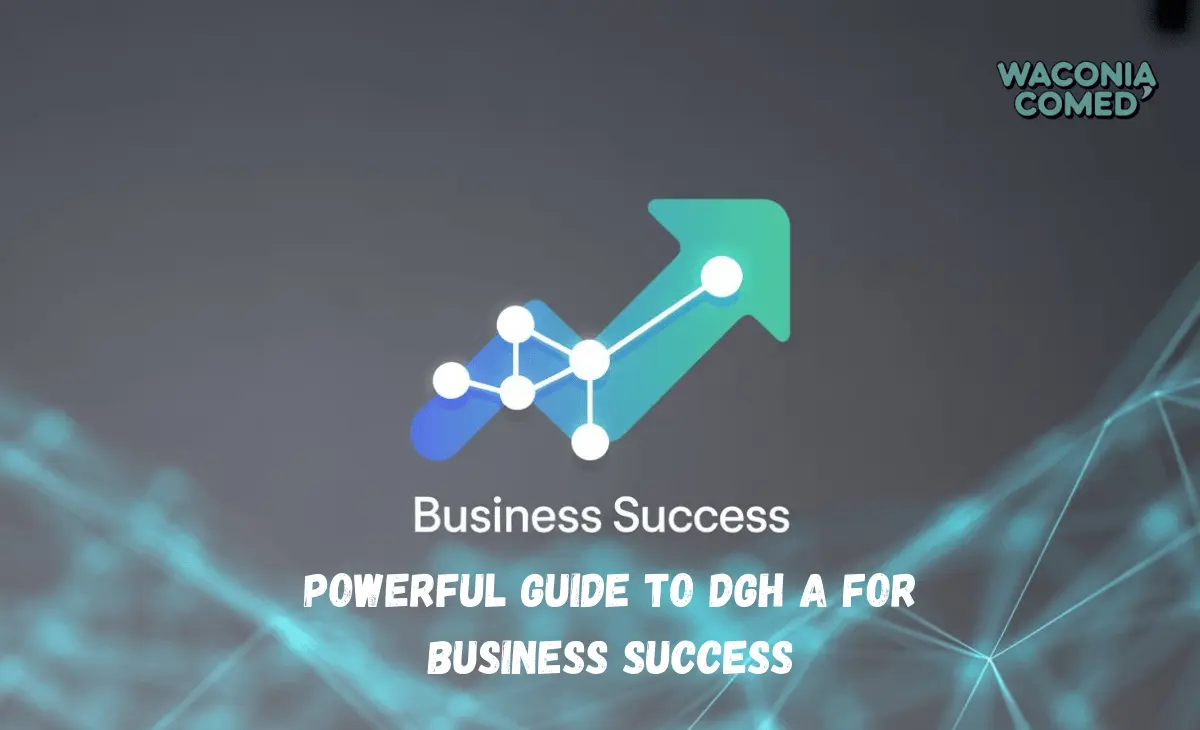Businesses today operate in a dynamic environment where agility, adaptability, and innovation are no longer optional but necessary for survival. In this landscape, dgh a emerges as a modern approach that combines strategy, technology, and process alignment to help organizations grow. Entrepreneurs, startups, and large enterprises alike can benefit from understanding and applying its principles.
The importance of dgh a lies in its ability to bridge the gap between traditional methods and digital-era demands. It offers a way to rethink old processes, empower employees, and keep customers at the center of business transformation. With rising competition and rapidly changing markets, the question is no longer whether to adopt new strategies but how quickly organizations can integrate frameworks like dgh a to remain relevant.
What is dgh a?
Dgh is best defined as a strategic model designed to integrate innovation, process optimization, and customer engagement into a single growth-focused framework. Unlike conventional strategies that often target one department or function, it brings together operations, marketing, finance, and customer service under a unified umbrella.
Its purpose is to create businesses that are not only efficient but also agile enough to respond to sudden market shifts. At its core, dgh leverages data insights, innovative technologies, and human-centric approaches to enable businesses to thrive in both stable and volatile environments.
Why Businesses Need dgh a
The role of dgh a in business cannot be overstated. Modern organizations are not just competing in their neighborhoods but in global markets. This reality demands that companies build models that are scalable, resilient, and innovative. Dgh plays this role by ensuring adaptability during economic uncertainty, driving operational efficiency through smarter technologies, and fostering innovation to meet evolving customer expectations.
By providing a structured yet flexible approach, dgh empowers companies to turn challenges into opportunities. It is not just about reacting to trends but creating them.
Benefits of dgh a
The adoption of dgh a unlocks numerous benefits for organizations. One of the most significant is scalability, where businesses can grow without a proportional increase in expenses. Efficiency naturally follows, as processes are streamlined, redundancies reduced, and productivity increased. Beyond these internal gains, dgh encourages innovation, allowing businesses to experiment with new products and services that better align with customer needs.
Customer satisfaction also improves because it enhances personalization, delivering experiences that feel relevant and timely. On a broader level, it strengthens market competitiveness, keeping businesses one step ahead of rivals who may still rely on outdated approaches.
Challenges in Applying dgh a
Despite its advantages, implementing dgh a is not free of challenges. Organizations often struggle with resistance to change, as employees and managers may hesitate to leave behind familiar processes. The upfront investment required for technological upgrades can also deter businesses, especially small and medium enterprises.
Moreover, skill gaps often emerge because dgh demands expertise in areas like data analysis, project management, and digital literacy. Integration is another hurdle, as aligning multiple departments under one framework requires effort and patience. Finally, businesses sometimes find it difficult to measure the return on investment in the early stages, leading to uncertainty about long-term benefits.
How to Implement dgh a in Business
Adopting a dog requires thoughtful planning and structured execution. The first step is to assess the current state of the business, identify gaps, and clearly define goals. From there, leaders can build a framework tailored to their industry, whether that means investing in digital tools, redesigning workflows, or developing new customer engagement models.
Training employees is critical to success. Knowledge-sharing sessions, workshops, and continuous learning programs help create buy-in and ensure that staff are prepared to adopt the new system. Once ready, businesses can roll out dgh a in stages, carefully monitoring progress and making necessary adjustments. Importantly, organizations must treat it as an evolving practice that requires continuous improvement rather than a one-time project.
Real-World Applications of dgh a
Many industries have already begun applying dgh a with measurable results. Startups, for instance, use it to scale operations quickly without heavy investments. In retail, companies use dgh a to track shifting consumer preferences and manage inventory dynamically. Healthcare providers apply it to streamline patient care, reduce waiting times, and improve service delivery. Even in manufacturing, it plays a role in automating processes, predicting maintenance needs, and improving overall efficiency.
These examples demonstrate that dgh is versatile and not limited to a single field. It adapts to the context of the business while still delivering consistent value.
How dgh a Fuels Innovation
One of the most powerful outcomes of dgh a is its ability to stimulate innovation. By encouraging businesses to think beyond traditional boundaries, it inspires experimentation with new models, products, and strategies. It allows companies to tap into the power of artificial intelligence, data-driven insights, and creative marketing approaches to stay ahead. In doing so, dgh helps businesses build resilience and remain agile, even in uncertain times.
Overcoming Barriers to Adoption
To make dgh a a success, organizations must focus on building strong leadership commitment. Leaders need to act as advocates, showing teams the long-term value of adopting new frameworks. Investing in digital transformation gradually, rather than all at once, reduces risk and improves acceptance. Creating a culture of learning also matters, where employees are encouraged to upskill and embrace change. Cross-department collaboration further strengthens the adoption process, ensuring that all areas of the business are aligned.
Future of dgh a in Business
Looking ahead, the future of dgh a is closely tied to advancements in technology and changing consumer demands. Artificial intelligence and machine learning will play an even greater role in driving smarter decision-making. Personalization will deepen as businesses leverage customer data to create unique experiences. Sustainability will also become a central pillar, with a helping companies reduce their environmental footprint. Finally, the rise of hybrid work models will require businesses to integrate flexibility into their dgh strategies.
FAQs
What is dgh a in simple terms?
It is a business framework that combines innovation, adaptability, and efficiency to achieve growth and competitiveness.
How can small businesses benefit from dgh a?
It enables them to scale affordably, stay agile, and compete with larger companies by optimizing resources.
Is dgh only for technology-driven companies?
No, it can be applied in all industries, from manufacturing to healthcare, because it focuses on process improvement and customer engagement.
Does dgh require a large budget?
Not always. While some investment is necessary, businesses can adopt it gradually and see results over time.
What is the timeline for seeing results from dgh a?
Most companies begin to notice improvements within six to twelve months, depending on the scope of implementation.
What skills are important for success?
Skills in digital literacy, data analysis, project management, and strategic thinking are essential.
Conclusion
The future of business belongs to those who can innovate, adapt, and deliver consistent value. it offers a comprehensive framework to achieve all three. From creating efficiency and fostering innovation to building stronger customer relationships, it paves the way for long-term success.
Organizations that act early will not only survive but thrive in a highly competitive marketplace. The time to adopt dgh a is now, and businesses that embrace it fully will secure a sustainable, profitable, and innovative future.

